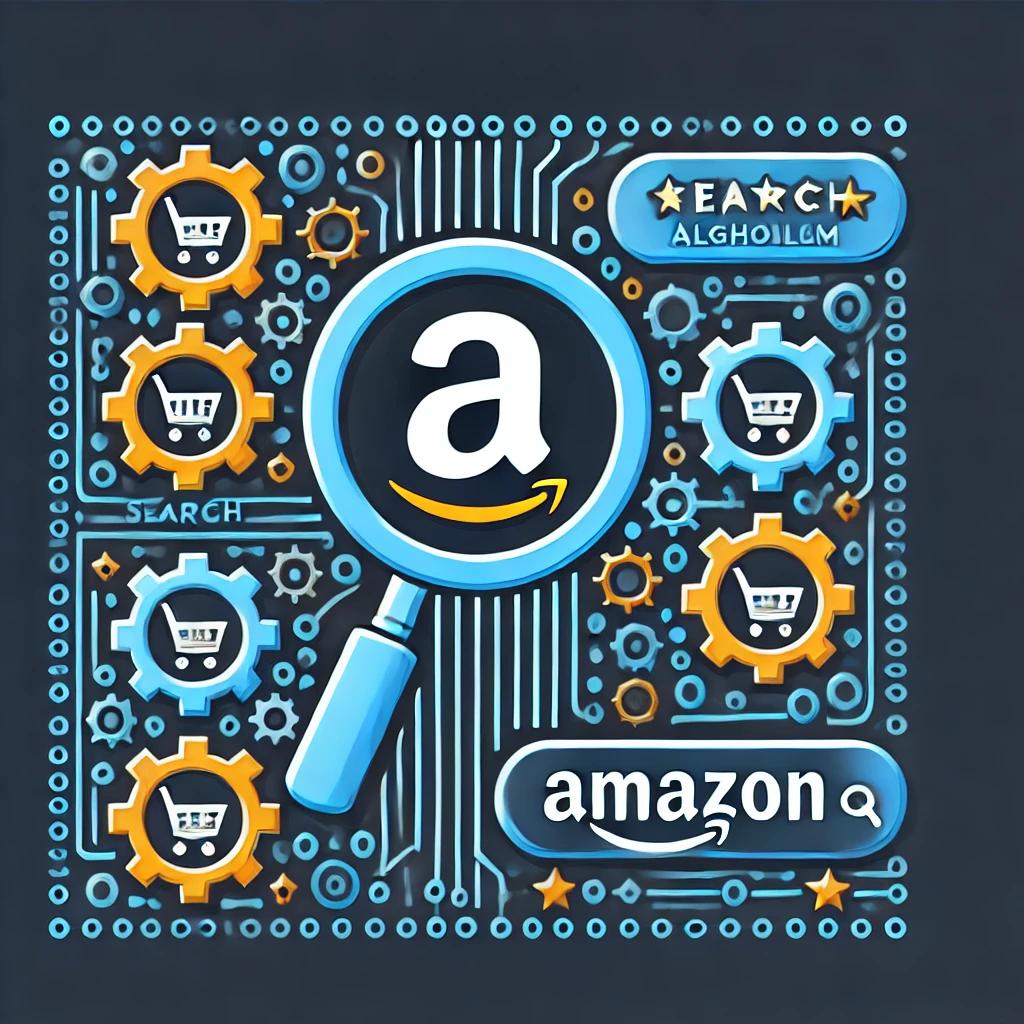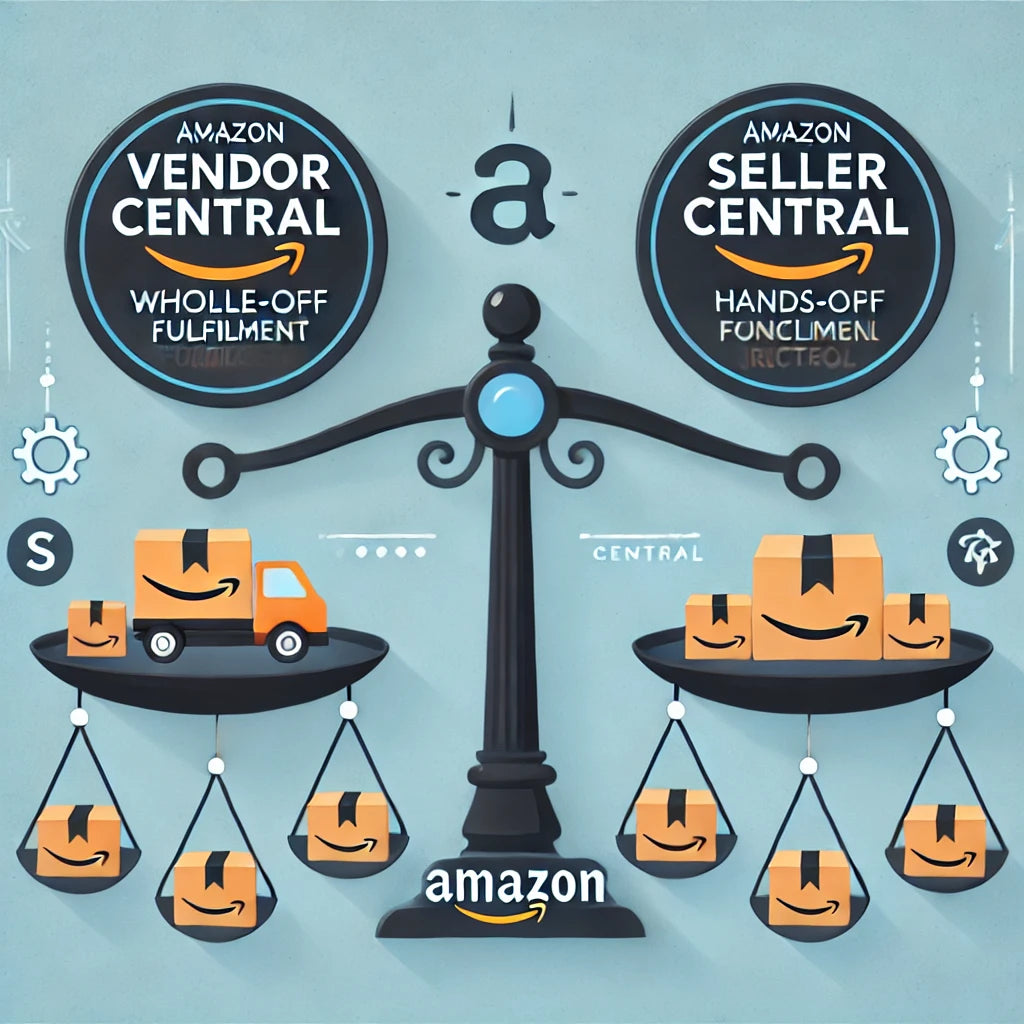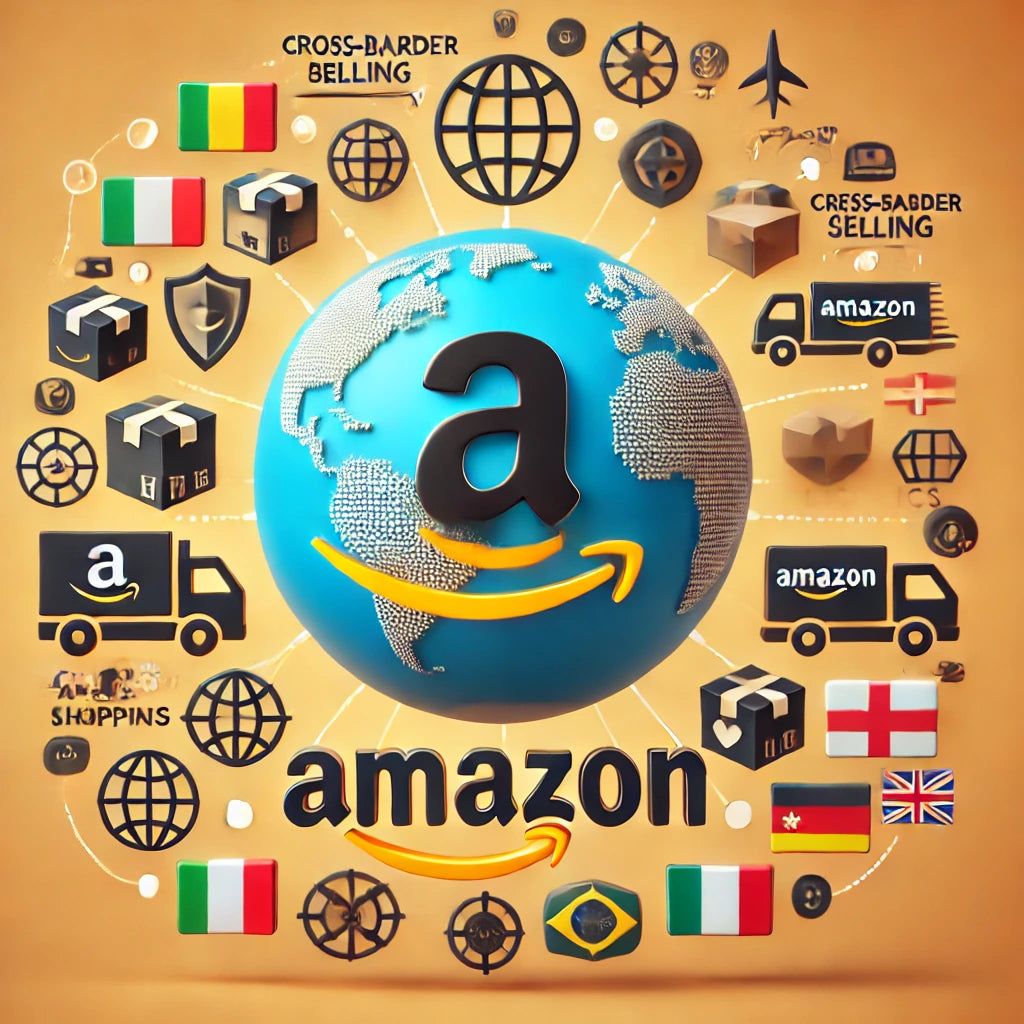STEVE, company.com
Understanding Amazon’s Search Algorithm: A Guide for Sellers

Amazon’s search algorithm, known as A9, plays a crucial role in determining product rankings in search results. Understanding how A9 works can help you optimize your listings and improve your visibility. With over 15 years of experience selling on Amazon, I’ve learned the key factors that influence the algorithm.
Relevance Factors: Relevance factors include product title, bullet points, and backend search terms. Ensuring your listings are relevant to search queries can improve your rankings. For tips on keyword optimization, check out The Complete Guide to Amazon Keyword Research for Beginners.
- Product Title: Your product title should include primary keywords naturally. It should be clear, concise, and accurately describe your product.
- Bullet Points: Highlight key features and benefits in bullet points. Use relevant keywords naturally without keyword stuffing.
- Backend Search Terms: Use the backend search terms to include additional relevant keywords that didn’t fit naturally into the title or bullet points.
Performance Factors: Performance factors such as sales history, customer reviews, and conversion rate also impact your rankings. High-performing listings are more likely to rank higher in search results.
- Sales History: A strong sales history indicates to Amazon that your product is popular and likely to satisfy customers.
- Customer Reviews: Positive reviews and high ratings can boost your rankings. For more on managing customer feedback, see The Power of Customer Reviews and Ratings.
- Conversion Rate: A high conversion rate indicates that your listing is effective at turning visitors into buyers. For tips on improving your conversion rate, check out The Ultimate Guide to Optimizing Your Amazon Product Listings.
Optimizing for A9: To optimize for A9, focus on both relevance and performance factors. Ensure your listings are keyword-rich and provide detailed, accurate information. Additionally, aim to improve your sales history and customer feedback.
- Keyword-Rich Listings: Use relevant keywords throughout your listing, including the title, bullet points, description, and backend search terms. Avoid keyword stuffing, which can make your listing difficult to read.
- Detailed and Accurate Information: Provide clear, concise, and accurate information about your product. This helps customers make informed decisions and reduces the likelihood of negative reviews.
Leveraging Data for Optimization: Use Amazon’s analytics tools to monitor your performance metrics. Analyzing this data can help you identify areas for improvement. Regularly updating and optimizing your listings based on these insights can enhance your rankings.
- Monitor Performance Metrics: Regularly review metrics such as sales, conversion rate, and customer feedback. Use this data to identify trends and areas for improvement.
- A/B Testing: Test different elements of your listings, such as titles, images, and bullet points, to see what performs best. Implement changes based on the results to continuously improve your listings.
Real-Life Example: I once worked with a seller whose listings were not performing well in search results. By optimizing their product titles and bullet points with relevant keywords, improving product images, and gathering more positive reviews, we saw a significant improvement in their rankings and sales.
Conclusion: Understanding and optimizing for Amazon’s A9 algorithm is key to improving your product visibility. By focusing on relevance and performance factors, you can enhance your rankings and drive more sales. Continuously monitor and refine your strategy to stay competitive in the Amazon marketplace
Related articles
Amazon Vendor Central vs. Seller Central: Which is Right for You?
STEVE | 25 Jun 2024Deciding between Amazon Vendor Central and Seller Central is a crucial step for your Amazon business strategy. Each platform has its own set of benefits and challenges. With over 15 years of experience selling on Amazon, I’ve had the opportunity to work with both. In this guide, I’ll break down the key differences between Vendor Central and Seller Central to help you decide which is the best fit for your business. 1. Understanding Vendor Central: Amazon Vendor Central is an invite-only platform where you sell your products directly to Amazon, who then sells them to customers. Pros: Wholesale Model: You sell your products in bulk to Amazon, which can lead to large purchase orders and immediate cash flow. Marketing Support: Vendors often receive marketing support and promotions from Amazon. Hands-Off Fulfillment: Amazon handles all aspects of fulfillment, including shipping and customer service. Cons: Less Control: Limited control over pricing, inventory, and branding. Margin Pressure: Amazon negotiates wholesale prices, which can be lower than what you might achieve through Seller Central. 2. Understanding Seller Central: Amazon Seller Central allows you to sell directly to consumers on the Amazon marketplace, either using Fulfillment by Amazon (FBA) or fulfilling orders yourself. Pros: Greater Control: You have full control over pricing, inventory, and branding. Higher Margins: Potential for higher margins as you set your own prices. Flexibility: More flexibility in managing your sales strategies and product listings. Cons: More Responsibilities: You handle inventory management, pricing strategies, and customer service. Fulfillment Challenges: If you’re not using FBA, you must manage shipping and returns. 3. Key Differences to Consider: Pricing Control: Seller Central gives you more control over pricing, allowing you to adjust based on market conditions. Vendor Central’s wholesale model means Amazon sets the retail price. Branding: Seller Central offers more opportunities for branding through enhanced content and custom storefronts. Vendor Central has limited branding options. Fulfillment: Vendor Central handles all fulfillment and customer service, making it a hands-off process for vendors. Seller Central requires you to manage these aspects unless you use FBA. 4. Which Platform is Right for You? The decision between Vendor Central and Seller Central depends on your business goals and resources. Vendor Central is Ideal for: Businesses with high-volume, low-margin products. Those seeking a hands-off approach to fulfillment and customer service. Brands looking for immediate large purchase orders and cash flow. Seller Central is Ideal for: Businesses seeking greater control over pricing, branding, and inventory. Those willing to manage fulfillment and customer service, or those using FBA. For more on using FBA, check out Using Amazon FBA to Scale Your Business: Pros and Cons. Brands aiming for higher margins and flexible sales strategies. Personal Experience and Advice: When I first started, I used Seller Central because it gave me the control I needed to build my brand. However, as my business grew, I saw the benefits of Vendor Central for larger volume sales. My advice? Start with Seller Central to establish your brand and understand the marketplace dynamics. Once you’re ready for larger orders and want to offload fulfillment responsibilities, consider Vendor Central. Conclusion: Choosing between Amazon Vendor Central and Seller Central depends on your business goals, resources, and the level of control you want over your products. Both platforms offer unique benefits that can help you grow your Amazon business. By understanding the key differences and evaluating your specific needs, you can make an informed decision that aligns with your business strategy
Read moreCross-Border Selling on Amazon: A Comprehensive Guide
STEVE | 25 Jun 2024Expanding your business internationally through Amazon's cross-border selling program can open up a world of opportunities. However, it also comes with its own set of challenges. With over 15 years of experience navigating the complexities of Amazon’s marketplace, I’ve learned the ins and outs of selling across borders. Let’s dive into the strategies and best practices for successful cross-border selling on Amazon. 1. Understanding Market Demand: Before diving into cross-border selling, it’s crucial to understand the demand in your target markets. Market Research: Use tools like Jungle Scout and Helium 10 to assess market demand and competition in different countries. Analyze search trends and customer preferences. Local Trends: Keep an eye on local trends and seasonal variations that may affect demand. This will help you stock the right products at the right time. 2. Compliance and Regulations: Each country has its own set of regulations and compliance requirements. Understanding these is key to avoiding legal issues and ensuring smooth operations. Customs and Duties: Research the customs regulations and duties for each country you plan to sell in. Factor these costs into your pricing strategy. Product Compliance: Ensure your products meet the safety and compliance standards of the target market. This may include certifications, labeling requirements, and safety standards. 3. Fulfillment Options: Choosing the right fulfillment option is crucial for efficient cross-border selling. Fulfillment by Amazon (FBA): FBA is a popular choice for cross-border sellers due to its extensive logistics network and customer service. Amazon handles storage, packaging, and shipping, which simplifies the process. Third-Party Logistics (3PL): If FBA is not a viable option, consider partnering with a reliable third-party logistics provider that specializes in international shipping. 4. Pricing Strategy: Setting the right price for your products in international markets can be challenging. Currency Fluctuations: Monitor currency exchange rates and adjust your prices accordingly to maintain profitability. Competitive Pricing: Research the pricing of similar products in your target market and adjust your prices to stay competitive while covering additional costs like shipping and customs duties. 5. Marketing and Localization: Adapting your marketing strategy to fit the local culture and language can significantly impact your success. Localization: Translate your product listings, marketing materials, and customer service communications into the local language. Consider cultural nuances to ensure your message resonates with local customers. Advertising: Utilize Amazon’s advertising tools to target customers in your chosen markets. Sponsored Products and Sponsored Brands can help increase visibility and drive sales. Personal Experience and Advice: When I first ventured into cross-border selling, I underestimated the importance of localization. Adapting my listings and marketing strategy to fit the local culture and language made a significant difference in my sales. My advice? Invest time and resources into understanding and adapting to each market you enter. Conclusion: Cross-border selling on Amazon offers immense growth potential, but it requires careful planning and execution. By understanding market demand, complying with local regulations, choosing the right fulfillment option, setting a competitive pricing strategy, and localizing your marketing efforts, you can successfully expand your business internationally. A Word of Advice: Remember, patience and persistence are key to successful cross-border selling. Stay informed about market trends, continuously optimize your strategy, and be prepared to adapt to new challenges. And don’t forget to enjoy the journey—exploring new markets can be an exciting adventure
Read more

